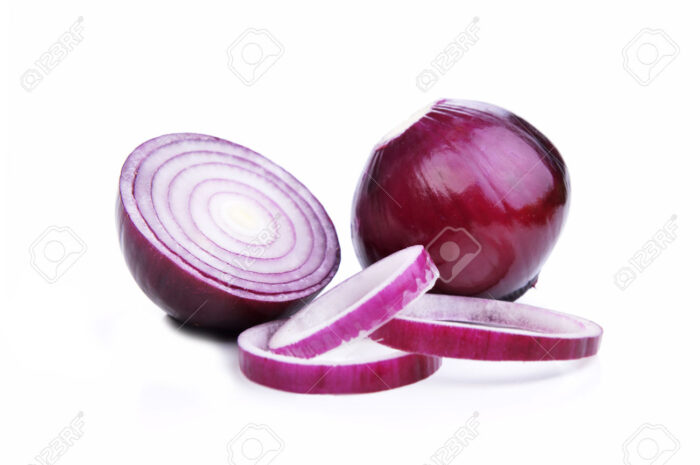Global demand for transport will continue to grow dramatically over the next three decades, with global freight demand expected to triple by 2050, according to projections by the International Transport Forum (ITF), an intergovernmental think tank.
The ITF Transport Outlook 2019 predicts that a further rapid growth of e-commerce could increase global freight volumes by between two and 11 percent by 2050, depending on the transport mode used. Freight-related CO2 emissions would increase by four percent. Conversely, the large-scale uptake of 3D printing in manufacturing and for home use could reduce global freight volumes by 28 percent and related CO2 emissions by 27 percent. However, a high level of uptake is not very likely.
New trade routes could affect global trade volumes and related CO2 emissions marginally, but could have a big impact on logistics chains and transport infrastructure. The combined introduction of new technologies and improvements in logistical efficiency could lower freight-related CO2 emissions by 60 percent in 2050 compared to current projections.
Of the 108 trillion tonne-kilometers transported worldwide in 2015, 70 percent traveled by sea, 18 percent by road, nine percent by rail and two percent by inland waterway. Less than 0.25 percent of global freight in tonne-kilometers is transported by air. The projected compound annual growth rate of freight is anticipated to be 3.4 percent through 2050.
Air freight, while representing a marginal share of total freight transport, will have the highest compound annual growth rate of all modes through 2030 (5.5 percent) and 2050 (4.5 percent). Its growth is driven by larger shares of high-value goods being transported by air, most notably in China.
Seaborne trade volumes grew four percent in 2017, the fastest rate since 2012. An estimated 10.7 billion tonnes were transported by sea that year. In terms of tonne-kilometres, global shipping activity amounted to over 58 trillion in 2017, an increase of five percent on 2016. An estimated 752 million TEUs were shipped through container ports. The size of the global ship fleet also grew 3.3 percent in 2017, but the growth in capacity was surpassed by increased freight volumes.
Maritime shipping will remain the largest contributor to global tonne-kilometres. Ships will carry out more than three-quarters of all goods movements by 2050. The remaining goods will be transported by road (17 percent) and rail (seven percent). Maritime shipping covers most of the movement of goods over long distances, and this will continue to be the case in the coming years. The current demand pathway projects that maritime freight transport will grow at a compound annual growth rate of 3.6 percent through 2050. This will lead to a near tripling of maritime trade volumes by 2050.
The economic value of freight flows in the North Pacific and Indian Oceans will increase nearly four-fold between 2015 and 2050. Approximately one third of all maritime freight movements in 2050 will take place in these two regions. The North Atlantic Ocean will remain the third-busiest maritime corridor, with 15 percent of maritime freight movements in 2050, some 38 trillion tonne-kilometres.
Slower-than-expected growth in international trade has led to overcapacity in certain maritime transport sectors and locations. Since capital investments in the shipping industry cannot be easily recuperated, companies may seek to cut costs in other ways in order to maintain profitability. This could lead to shipping operators concentrating on a limited number of ports and routes, which in turn could strain the capacity of these ports. Current demand pathway projections indicate that scheduled investments in port capacity should be capable of accommodating maritime freight demand through 2030 in most areas of the world except in South Asia.
Inland waterway freight traffic in China is projected to remain well above that of any other continent. The volume of inland waterway freight in China was estimated at 4.4 trillion tonne-kilometres in 2017, a 10.9 percent increase from 2016.
Source: www.maritime-executive.com
Related News & Updates
Become a Member
Join AHT
We’re the peak industry body for Australian Horticulture Trade. Joining AHT helps us advocate for you & the greater good of the industry.
Benefits OF joining
- Representing you, monitoring developments and potential threats to imports & exports
- We work on your behalf on solutions & opportunities to facilitate and maintain trade
- Be kept up to date with important issues affecting horticultural imports & exports



